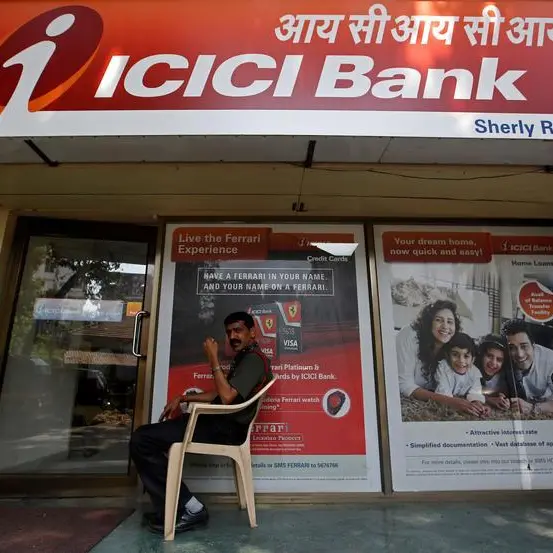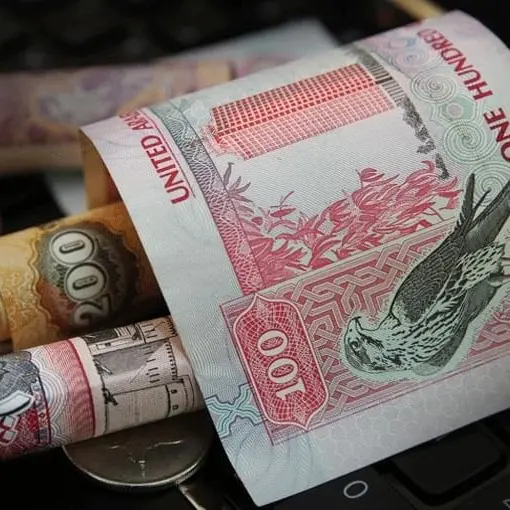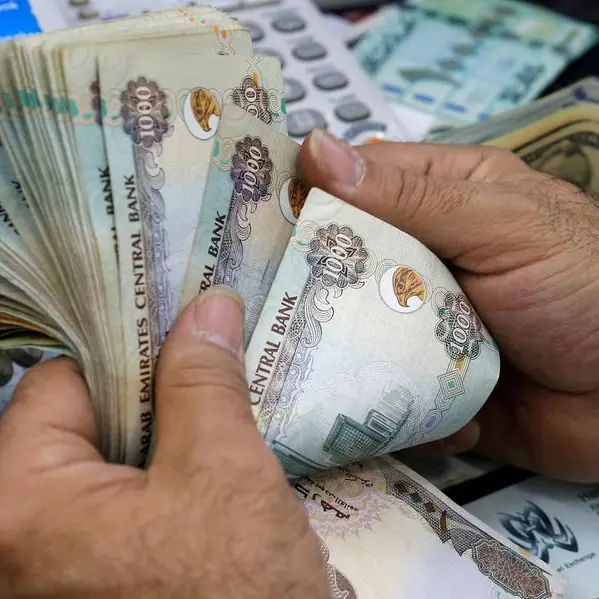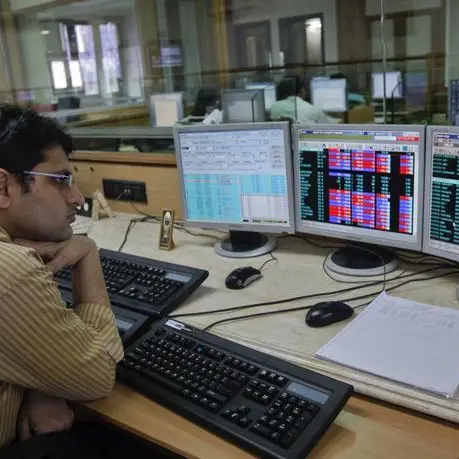PHOTO
Man Han putting coins stacking with glowing of tree. Growth business saving and investment concept.. Image Courtesy: Getty Images
Green bond issuance is forecast to increase this year as initiatives by major governments and transnational institutions bolster sales, while other forms of sustainability-related debt grow more slowly.
Green bond issuance totalled $487.1 billion last year, down from $522.7 billion in 2021, the Climate Bonds Initiative estimates. In 2022, the broader sustainable bond market – which encompasses green, social, sustainability and sustainability-linked bonds (GSSS) – fell year-on-year for the first time since 2011, according to Moody’s Investors Service.
“The macroeconomic environment has had an impact on issuance in bond markets,” Matt Kuchtyak, a Moody’s vice president for sustainable finance, told a Jan. 31 webinar, noting bond issuance fell 27% in 2022 following record fixed income sales in the preceding two years.
“We expect a little pickup in issuance this year, but not a very different story in 2023 (and) the same forces impacting broader debt issuance are also affecting sustainable bond markets.”
Moody’s forecasts GSSS issuance will hit $950 billion in 2023, of which $550 billion will be green bonds, $150 billion social bonds, $175 billion sustainability bonds and $75 billion sustainability-linked bonds (p4).
Goldman Sachs offers a more bullish outlook, predicting green bond issuance will be a record 600 million euros ($652 billion) in 2023. About two-thirds of green bond issuance is in euros, reflecting Europe’s dominance in developing sustainability-oriented finance.
The U.S. bank says three factors will help increase green bond sales: greater issuance to fund a transition from fossil fuels, buoyant investor demand, and improved incentives and standards from policymakers.
The U.S. inflation reduction act, a $391 billion subsidies and tax credit package that became law last August, will “act as a catalyst for additional sustainable investment in the US, and will encourage similar commitments and measures from governments across the world”, a February note by Latham & Watkins law firm states.
India raised 160 billion rupees selling two tranches of green bonds in January and February this year, its first green bond issuance.
Rising pressure on corporates
Green bonds are almost the same as conventional bonds except that the money raised should be spent on designated environmentally friendly projects or initiatives.
The European Union launched stricter sustainability reporting standards in January while accounting body IFRS will do likewise by June.
In July 2022, China launched its green bond principles, which like European reforms, toughened existing rules to make them environmentally more demanding for issuers.
“Companies (will) have to navigate what is an increasingly complex patchwork of regulatory requirements when it relates to ESG with the potential for higher reputational and financial risks for companies if there seems to be misreporting or misrepresenting of ESG-related risks or ESG credentials,” Rebecca Karnovitz, a Moody’s senior credit officer, told the webinar.
“We expect corporates to face rising pressure to set not only set decarbonization targets, but also follow through on those pledges.”
Yields are usually little different to conventional bonds, although Goldman Sachs notes that strong investor demand for green bonds and relatively small supply can cause what the bank describes as a “greenium” whereby holding them to maturity provides a lower return.
The European Investment Bank (EIB) issued its first green bond in 2017, sparking the rapid development of such debt, according to Goldman Sachs.
Multilateral organisations including World Bank dominated issuance initially, although governments and corporations are now major issuers too.
“The investor base has also expanded to include a growing number of traditional fixed income investors, not just those focused primarily on impact and environmental, social and governance (ESG) criteria,” Goldman Sachs wrote in a February report.
Green bond issuance rose about 90% annually from 2016-2021, the bank estimates, before last year’s decline which largely reflected a broader downturn in the global bond market as prolonged, sharp interest rate rises ended the era of ultra-low borrowing costs.
Sustainability-linked bond issuance will decline slightly this year, Moody’s forecasts, which reflects “greater scrutiny in the market, not only on the ambition, credibility and quality of some of the targets issuers (apply to) these instruments, but also in the financial materiality of the financial penalties issuers face were they not to meet the targets”, added Kuchtyak.
GSSS bonds will represent around 15% of total bond issuance this year, up from 13% in 2022, Moody’s estimates.
“We are making progress: half the world’s bond-issuing countries are now issuing green bonds to finance climate action; and strong 2030-focused action is finally being taken by the U.S., EU, India, China and Japan,” Sean Kidney, Climate Bonds chief executive, said in a statement. “We expect 2023 to be a stellar year for both green bond issuance and for climate action on the ground.”
(Reporting by Matt Smith; editing by Seban Scaria)























